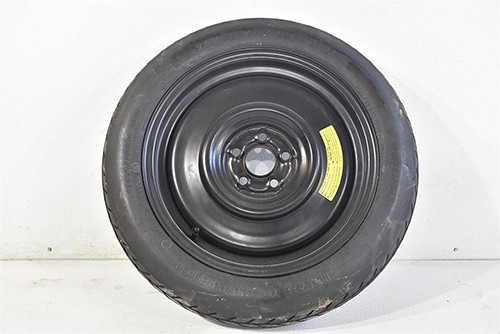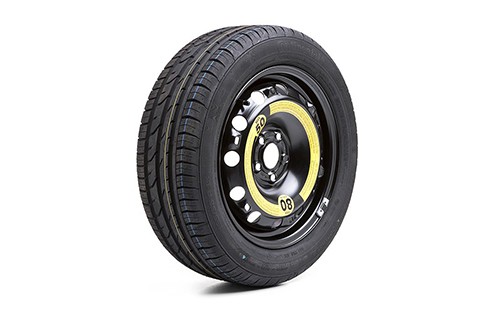As a driver, there are lots of things you need to know, especially about troubleshooting certain problems you’ll encounter along the way. Things like learning how to change a flat tire, maintaining the condition of the car tires, and knowing when to change a flat tire are some of the basic troubleshooting a driver needs to learn. Another basic knowledge a driver needs to acquire is to know how long can you drive on a spare tire since driving on it for too long is both a hazard on your safety and your car’s overall performance.
Your car’s user manual usually indicates how fast and long you can drive on a spare tire. But, if you bought a second-hand car with a replaced spare, then you must be clueless while scratching your head when asked how long you can drive on a spare tire. This article will help you answer this common car question and hopefully, remember it whatever car brand you’re driving.
There are usually 2 types of a spare tire--- the safe-saver or donut spare, and the full-sized spare. The lifespan, standard operating time, and speed of these spares also vary. The difference between these types is usually the cause of the confusion. That’s why defining each type is essential.
The safe-saver or donut spares are usually given by the manufacturers to smaller cars since they are more compact and lightweight compared to the regular tires. However, the safe-saver spare is not designed for long and fast drives since they don’t have as many plies or layer of steel compared to regular tires. This makes it weaker compared to regular tires. The tire also has less traction, increasing stopping distance, and better handling for emergency maneuvers.

The safe-saver spare is smaller than the regular tires. This means, driving on them allows the driver to exert a lot of stress and strain on your differential during turning and cornering. Since the spare is smaller than the other wheel on the axle, the turning speed would be different than usual. For cars with a limited-slip differential, this is bad news because it will greatly increase the speed of wear between the gears and clutch plate.
Because of these reasons, manufacturers always suggest driving them below 50 miles per hour (mph) and a distance of no more than 70 miles. So repair the busted tire as soon as possible when using the safe-saver spare.
On the other hand, full-sized spares are heavier and bigger than safe-saver spares and usually are the same to the tires installed on the car. This type of spare tire is usually designed to last for years. However, you should be wary of visible wear and tear for this adds danger on the drive.

Just like other tires, you can drive normally without restrictions when using this spare. But, it is still advisable to repair busted tires since the spare will have different wear than the other tires and would still put stress on your differential. To reduce this, you can add the spare on your tire rotation to maximize the spare’s use and lessen the problem in alignment when being used.
5 Tire Rotation
In addition to “How long can you drive on a spare tire?”, is “How can you use it?” Tire rotation is a common practice of changing the tires’ position to ensure uniform wear on all tires and to greatly increase the functioning life of the tires as a set. The 5 tire rotation is only applicable if your spare is a full-size matching spare. There are 2 types of these rotations and it is also advisable to do a rotation whenever you change oil or every three thousand to five thousand miles on your odometer.
The first 5 tire rotation is the forward cross. In this rotation the spare tire will rotate to the rear right wheel, the rear right tire will rotate and replace the front left wheel. Then, the front left tire will rotate to the rear left wheel, and the rear left tire will go to the front right wheel. Lastly, the front right wheel will be the spare until the next rotation.
Another type of 5 tire rotation is the rearward cross. To perform the rearward cross, the spare tire will replace the rear right tire, the rear right tire will move forward and replace the front right tire. Then, the front right tire will move back and replace the left rear tire. The rear left tire will move forward and replace the front left tire. Lastly, the front left tire will become the spare until the next tire rotation.

Doing a tire rotation is really important, it is also advisable to pick just one rotation and stick to it until you change your tire sets. Tire rotation is a must to increase the longevity of your tires and it is also a good practice to occasionally check for your spare’s condition and air pressure to make sure that they are still safe to use and are still reliable.
In conclusion, the answer to “How long you can you drive on a spare tire?” is greatly dependent on the type of spare you have. It is also a good idea to read the car’s user manual for the tire pressure, operation time, and speed for the spare tire that comes with the car. However, it is always advisable not to drive fast and long when using a spare because it is harmful to your gears and differential.


